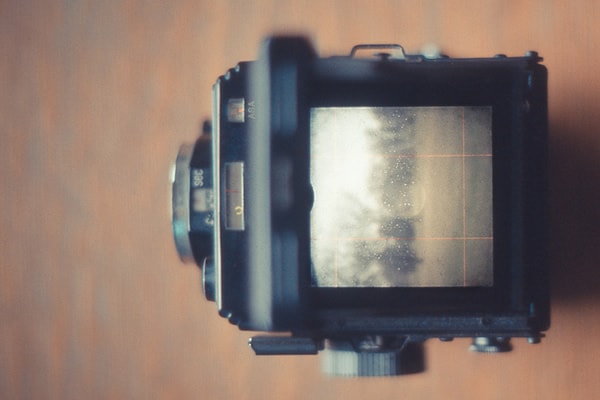Creating The Perfect Composition
Have you ever seen something and thought, “I have to take a picture of that!” Often while I’m snapping away, I assume that my camera is making an effort to recreate the photo exactly how I see it.
But this doesn’t always happen. Sometimes what I see, and what the camera sees are two different things. This is because when we look at something, our brain automatically picks out subjects or points of interest, but the camera doesn’t discriminate.

photo by Ben Seidelman
It’s been said that great photos are created – not taken. When it comes to photography, it is not only what you shoot, it’s how you shoot it that counts. Knowing how to make the elements of good composition work together is key to creating a great photo.
Read on to see ten suggestions for creating effective composition.
1. Perspective
The perspective through which you view something, will show through into your photograph. So take time to think about your composition before you shoot. The way you set up your photograph is a crucial step in photography.
2. Simplify
Face it. There will be sometimes when you can’t capture everything in one shot. Instead of getting frustrated, try to simplify your shot. Pick one main focal point, and work around that.
3. Avoid the Middle
A centered photo can be great in some cases, but in others, it screams amateur. Centered focal points run the risk of being boring and mundane. Try off centering your subject by moving it to the side to create a more interesting photo.
4. Leading Lines
For a photo, few things are worse than conflicting focal points that leave the viewer wondering what the point of it was. Leading lines take the guesswork out of finding the focal point, and draw the viewer’s eye to the main point.
5. Backgrounds
Don’t forget to check the background! Make it simple, make it bright, keep it happy, or zoom in and lose it altogether. Whatever your background is, makes sure it’s intentional. This is not only important with portraits, but also with close ups, and scenic shots. Make the background work with your picture. Adding some of the surrounding view into your background adds a sense of adventure and life to your photos.
6. Texture and Colors
Adding some color or texture to your composition can have a big impact on the photo’s composition. Bright colors, when used correctly, can help lead the focus, and give a photo personality. Getting creative with texture is another way to add definition to your picture without distracting from the main subject.
7. Contrast
Use contrasting elements to your advantage. Try contrasting detailed subject with a simplified background. Contrasting colors work well too, such as a bright addition of color into a gray or overcast setting. Contrast in photos can help create a dynamic or powerful composition.
8. Balance
Balance your photos out by making sure that one section isn’t too “heavy“. Making sure one section of the photo doesn’t have too much visual weight, helps with the overall balance of the photo.
9. Lighting
The lighting can have a big impact on the composition of a photo. The light can dictate which direction to angle the camera, or necessitate the addition of diffusers or reflectors. Always pay attention to the lighting when setting up a photo. How well the lighting is incorporated into a photo can make or break the entire composition.
10. Don’t Forget to Break the Rules
Of course, breaking them on accident doesn’t count! Knowing the rules, and understanding how they work together allows you to break them effectively. While there are many helpful rules for composition, composition is not limited to following rules. It’s about conveying what you see, through a photograph.
Try new things. See what works. And don’t be afraid to make mistakes – it is all part of learning. Photography is an art, as well as a science. A good photograph shows more than what meets the eye; it looks behind the scenes and draws out the beauty of the moment.
